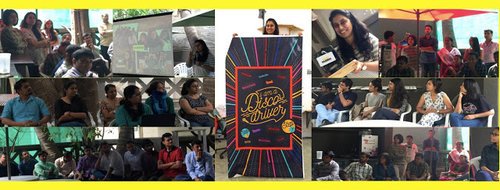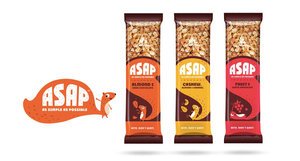There are more things that happen between a client and a design team than what meets the eye. A great design outcome is only possible when some magic happens, some happiness blooms.
By Partho Guha Co Founder Director elephantdesign.com
Client is a person
A client represents a business and wants to leverage design for its growth & success. That is just the starting point. A client is also a person gearing to do something awesome, to leave a mark, to sleep in satisfaction, at the end of a hard day.
Relationship
Like any relationship, it is a two way exchange and to make it work we need to accept the other as they are. Often we want to change the other and that destroys the trust.
In a relationship, some times we forget that the only one whom we can change is oneself. When we focus and change self to accommodate the other, the seed of a great project is sown. It is not easy to give away the pride of earlier success, the creative ego, the superiority of intelligence and be humble to make space for others. Different attitude, skill-sets, experience is a must for a project, but conflict never makes a great project.
Invent the future
Clients and design team are the collaborators ready to take that tandem jump for the unknown scary future. To gain the confidence of sticking one's neck out and feel that the other will cover your back is a gradual process. The confidence grows based on small evidences happening at the early stages of the relationship. Most likely, these are soft and emotional responses. Dating time has serious impact on the project outcome.
Success
Design projects mostly do not have a sharp target. The success of a project gets revealed with passing of time. The initial response from market, analysis of statistic & data, the pat from the boss, admiring glances from the peers, all contribute to the success of a project. When the client feels the personal success, the project is on a good path. It mostly takes some time before design team feels the glory of the project success. In a way, the success of the client as person is the first leaf of a healthy blooming plant.
Spread the word
When a client speaks about the project he/she is proud of, the design team is always glorified. Those good words are the real indicators of how the project has fared. It takes patience and humility, to wait seemingly infinite time for client to talk.
Then at the right time, all the good words come. It not only energises the design team but also brings in new clients.































